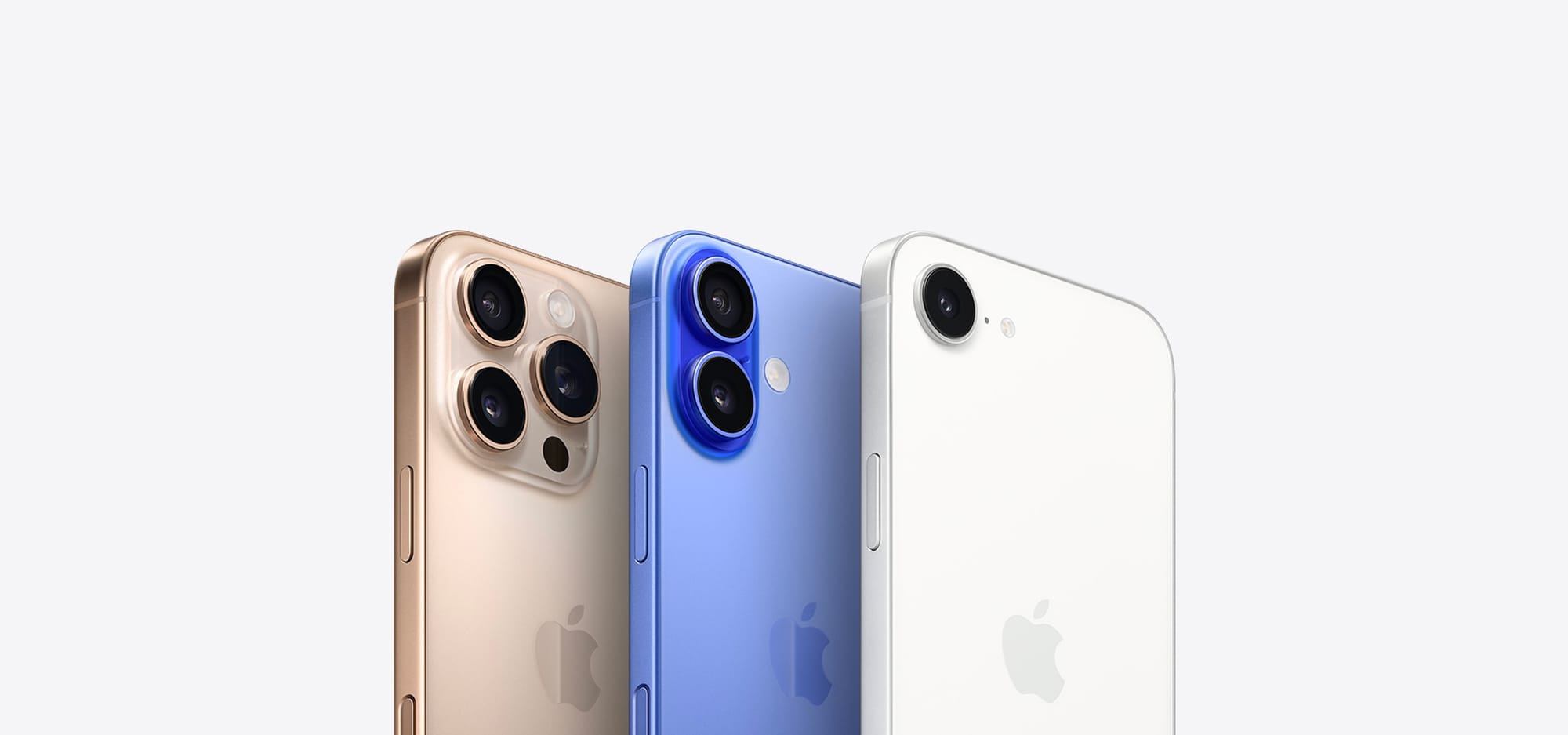Apple’s iPhone 16e Is Selling Faster Than the Cheaper iPhone SE
- Apple’s new iPhone 16e came with some price hikes—but guess what happened next.
- China’s buying habits might be shifting, and it’s not for the reason you'd think.
- Emerging markets could make—or break—Apple’s boldest budget gamble yet.
When Apple unveiled the iPhone 16e last month at a surprising $599 starting price, many critics immediately doubted its chances. After all, the new model was replacing the significantly cheaper iPhone SE—a phone consumers adored precisely for its affordability.
Yet early sales figures tell a different story. According to data from market analysts at International Data Corporation (IDC), as reported by Bloomberg, Apple's iPhone 16e saw sales in China surge 60% higher during its first three days compared to the 2022 launch of the iPhone SE.
But despite this initial burst, Apple isn’t necessarily celebrating just yet.
 Photo via Apple // The 2025 iPhone 16 lineup, with the iPhone 16e pictured on the right.
Photo via Apple // The 2025 iPhone 16 lineup, with the iPhone 16e pictured on the right.
Strong Start, Uncertain Future
While the iPhone 16e enjoyed a successful debut weekend, overall sales in China—a critical market for Apple—are still forecasted to decline around 2% this year, IDC analysts report. Part of the reason lies with local competition: Android brands like Xiaomi, Vivo, and Huawei are getting a significant boost from new government subsidies worth roughly $41 billion (300 billion yuan). These subsidies primarily benefit local manufacturers, making Apple's higher price point even tougher to swallow for cost-conscious buyers.
The competition from Android will be even stronger, strengthened by the national China subsidies, which will benefit Android significantly more than Apple.— Nabila Popal, IDC
Yet there's a silver lining: since the iPhone SE was discontinued, the iPhone 16e is now Apple's lowest-priced entry into its ecosystem. This alone could be a driving factor for sustained demand, even if the sticker shock initially seemed off-putting.
No Price Complaints Here
At launch, online communities openly ridiculed the iPhone 16e for its higher cost, calling it an overpriced replacement for the beloved SE series. But in reality, the consumer backlash appears to have had little effect on actual purchasing decisions. Buyers, it seems, are willing to pay more—especially given that the device offers notable upgrades like an edge-to-edge display, 8GB of RAM, and support for Apple Intelligence, Apple's AI-focused software suite.
IDC analyst Bryan Ma suggests that beyond pure features, image-conscious buyers in China could ultimately limit the phone’s appeal domestically. “We need to keep in mind that these would likely still be only a small portion of Apple’s volumes, given that many consumers in China place an emphasis on ‘face’—not wanting to be seen as having a lower-priced iPhone," Ma commented.
Emerging Markets
Interestingly, while China presents challenges, emerging markets—particularly India and Indonesia—could prove critical to the iPhone 16e’s long-term success. According to IDC’s projections, the 16e might represent as much as 20% of Apple's total iPhone sales in India during the second half of this year, aided by festive-season demand.
Additionally, IDC forecasts that while Apple's iOS shipments may dip slightly in China this year, the global outlook is brighter. Nabila Popal noted that despite a projected 1.9% decline in China, global iOS adoption could rise by 1.8%, driven by strong U.S. sales and booming growth in emerging economies:
The ongoing rollout of Apple Intelligence and the recently launched mid-priced iPhone 16e is also expected to fuel demand and keep average selling prices (ASPs) elevated for Apple and will help it capture 45% value share in 2025 despite only 19% of shipments.— Nabila Popal, IDC
A Strategic Gamble
On a personal note, Apple's decision to discontinue the SE lineup feels strategic: it simplifies the lower end of Apple's portfolio and nudges budget-conscious buyers upward. Even with higher pricing, many consumers appear unwilling to switch away from Apple's ecosystem, leaving them no choice but to absorb the cost—or reluctantly switch to Android, something many Apple users historically resist.
Whether Apple's bet will pay off in the long run remains uncertain. The iPhone 16e’s initial performance is impressive, yet sustained success depends heavily on broader economic conditions, consumer behavior in emerging markets, and Apple’s ongoing efforts to position the phone as an accessible entry point into premium technology.
For now, at least, the iPhone 16e appears to have defied expectations—even as it continues to face skepticism about the road ahead.
Recommended by the editors:
Thank you for visiting Apple Scoop! As a dedicated independent news organization, we strive to deliver the latest updates and in-depth journalism on everything Apple. Have insights or thoughts to share? Drop a comment below—our team actively engages with and responds to our community. Return to the home page.Published to Apple Scoop on 18th March, 2025.
No password required
A confirmation request will be delivered to the email address you provide. Once confirmed, your comment will be published. It's as simple as two clicks.
Your email address will not be published publicly. Additionally, we will not send you marketing emails unless you opt-in.